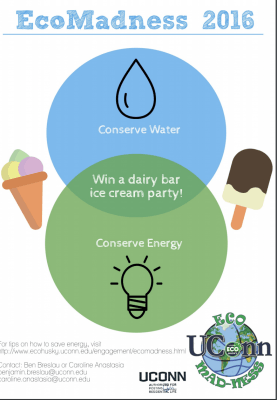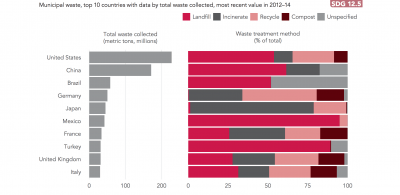The number 6 “Global Goal” decided by world leaders in 2015 was Clean Water and Sanitation. By 2030, the goal is that clean water and sanitation facilities will be available and properly managed for everyone. According to the United Nations, every 3 out of 10 people (which is equal to approximately 2.259 billion people) do not have access to safe and clean drinking water and every 6 out 10 people (which is equal to approximately 4.518 billion people) lack access to proper sanitation facilities. Lacking access to clean water and sanitation facilities causes diarrhoeal diseases, which over 800 children die from each day due to lack of access.
So what can we do? Simple lifestyle changes can make a difference. Water waste is a prevalent issue in America. The EPA estimates that household leaks alone generate water waste of about 180 gallons per week for the average American household. One load of laundry uses about 20 gallons, so the average American household is wasting the amount of water equivalent to 9 loads of laundry per week. This can be solved by simply checking for leaks, and replacing old faucets and showerheads with newer, more sustainable and efficient ones. In addition, turning off the faucet when brushing one’s teeth can save 8 gallons of water per day. Turning off the faucet while shaving can save an additional 10 gallons of water per shave. Simple and minor lifestyle changes might seem insignificant on a daily basis, but if we stick to them, and encourage others to do the same, they will add up and make a real difference.





